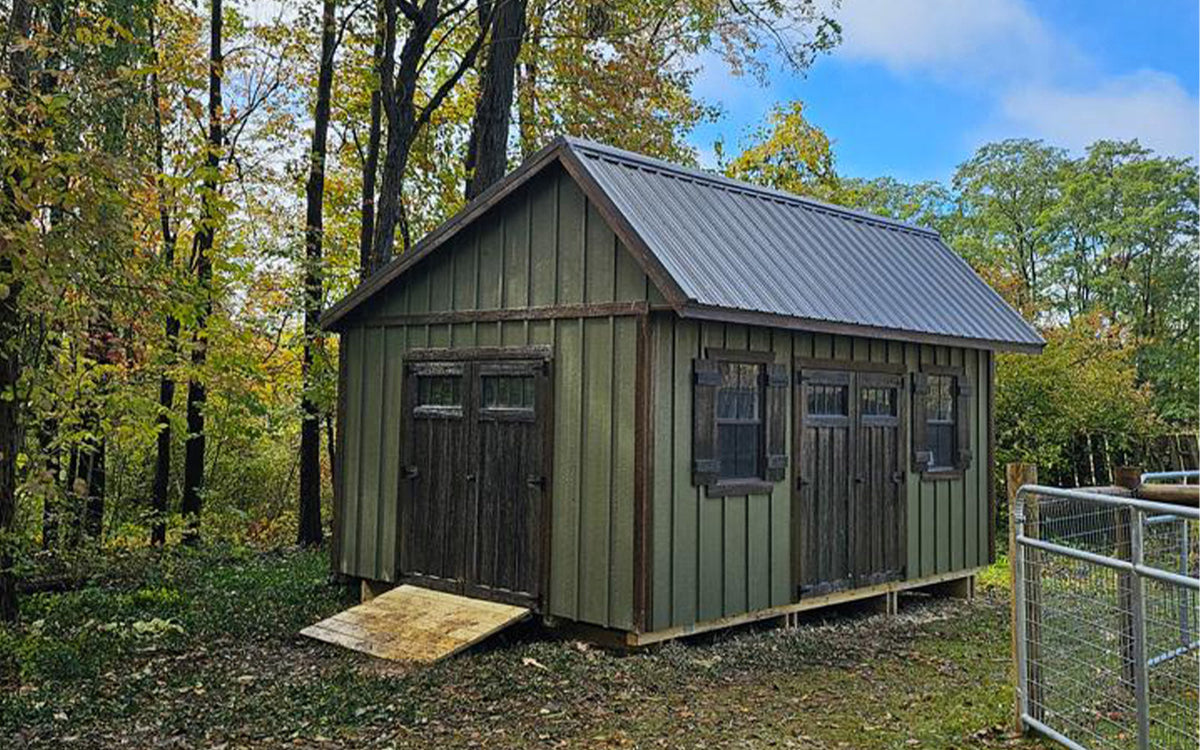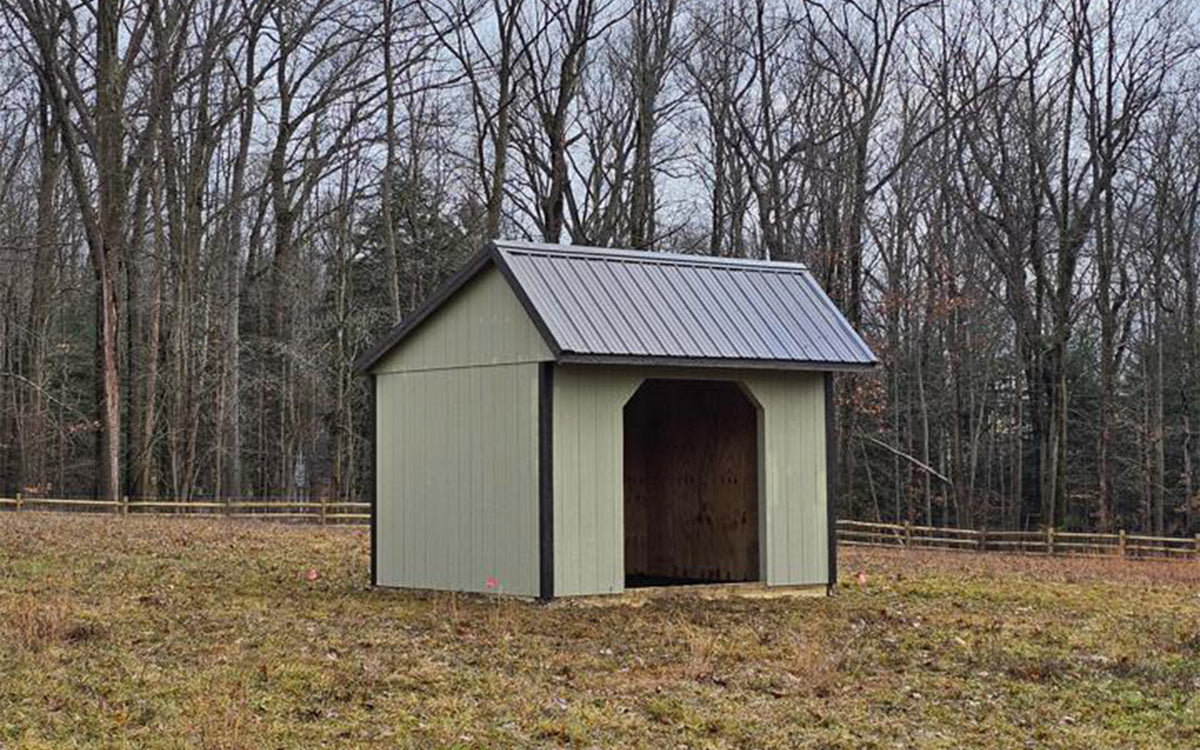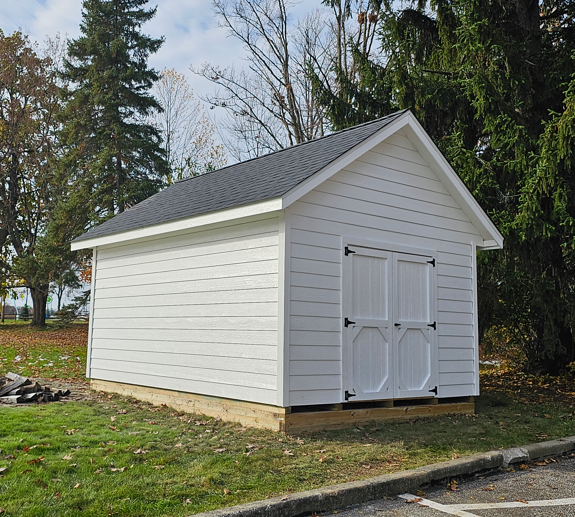How Big Should a Chicken Coop Be?

When planning to buy a chicken coop, one of the most important questions to address is, "How big should a chicken coop be?" Properly sizing your chicken coop is essential for the health, happiness, and productivity of your flock. Whether you’re a novice chicken keeper or expanding your existing setup, understanding the spatial needs of your chickens will help you create an ideal living environment.
Key Factors in Determining Chicken Coop Size
1. Number of Chickens
The primary determinant of your coop's size is the number of chickens you plan to house. Each chicken needs enough space to move comfortably, roost, and lay eggs.
A general rule of thumb is:
- For standard chicken breeds: If a chicken has access to an outdoor run, you can allow approximately 3- to 5-square feet per chicken inside the coop.
- For Bantam chicken breeds: These smaller chickens require less space, about 2-square feet of coop space per bird.
2. Roosting Space
Chickens prefer to sleep perched off the ground. Ensure you provide adequate roosting bars inside the coop. Aim for 12 inches of roosting bar per chicken. These bars should be positioned higher than the nesting boxes but with enough headroom to avoid injury.
How Tall Should a Chicken Coop Be?
The height of your chicken coop is just as important as the floor space. Chickens need headroom to perch comfortably and for ventilation. A coop that is at least 3-4 feet tall is generally sufficient, but taller coops offer better air circulation and ease of cleaning. If you plan to enter the coop for maintenance, ensure the door and internal height accommodate your height.
Other Considerations for Your Coop
Ventilation
Good ventilation is crucial in a chicken coop to prevent respiratory problems and reduce moisture and odors. Ensure your coop has windows or vents that can be adjusted according to the weather.
Nesting Boxes
These are designated spaces within a coop where hens can lay their eggs. Each nesting box should be about 12X12 inches to accommodate a standard-sized hen comfortably.
Predator Protection
Your coop must protect your flock from predators. Ensure all openings are covered with sturdy wire mesh, and doors are secure against raccoons, foxes, and other animals.



